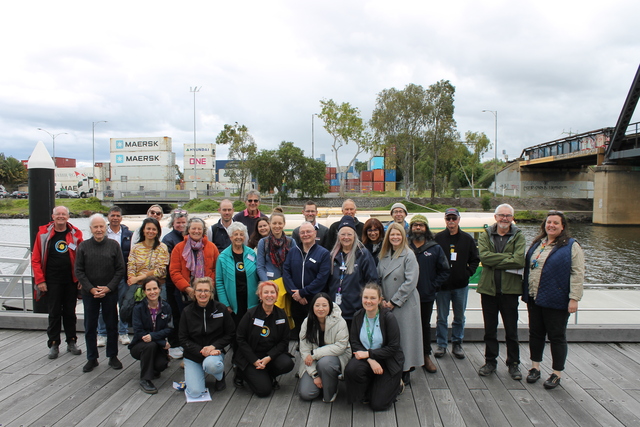Residents at Footscray’s Joseph Road precinct say Maribyrnong council should focus on improving safety and amenity in the area rather than making submissions to the state government.
In June, Maribyrnong council voted in support of making a submission to the state government’s Plan Victoria development roadmap.
According to media reports last month, the submission highlighted the Joseph Road precinct as a case study in poor planning and an example of what not to do.
Over the past decade the 15 hectare precinct bordered by the Maribyrnong River, Hopkins Street and the Footscray rail line has grown from an empty brownfield site, to one with 10 residential towers and an estimated 5000 residents.
Yet the development of basic amenities has not kept pace with unsealed roads and a lack of footpaths, car parks and tree cover among its shortcomings.
Maribyrnong council’s submission warned that without careful planning, the failures at Joseph Road would be repeated.
But residents from the Joseph Road Action Committee argue council itself is partly to blame.
“Council were very slow to act for a long time,” said committee spokesperson and precinct resident Darrell Pitt.
“Residents have really had to push for basic amenities such as pedestrian crossings, lights, street signage, really anything that makes up a suburb.”
He said while he agreed with council’s submission, the short term focus should be on improving safety issues in the precinct
“We have a street in this area, Nelson Place. Nelson Place has no footpath and it has no lighting,“ said Mr Pitt.
“So it’s all very well for the council to refer this to the state government but in the meantime you still need the most basic fundamental things that should’ve been sorted years ago.”
Maribyrnong council chief executive Celia Haddock said council had opposed the large-scale development of Joseph Road, but was overruled by the then state government.
“This left council with responsibility to install roads, footpaths, drainage and lighting with no funds and it took several years to then get a development contributions plan approved to support delivery of the necessary infrastructure and public amenity,” Ms Haddock said.
“This resulted in inflated residential densities and residents moving into the area without timely infrastructure and public realm upgrades.”
Ms Haddock said council had funded a range of infrastructure, safety and amenity upgrades at the precinct with more to come.







